
The newest franchise in USL League One will have a distinctly Pacific Northwest flavour when they take to the pitch in Eugene, Oregon, in the 2026 season.
The club’s ownership group unveiled its nickname — Sporting Cascades FC — and primary crest at a launch on Friday, August 22, at the Farmers Market Pavilion in downtown Eugene.
The Sporting Cascades FC name is part of a “movement” that spans the entire Cascade Mountain range, says club owner Sat Dhinsa. “Our identity honors the places we call home, from Eugene to Vancouver, B.C. Just as importantly, the team name, colors and crest were shaped by this community and gave our supporters a real voice in defining who we are.”
The crest is a shield depicting the Three Sisters mountains in Oregon above a banner with the team name Depicted below the banner are the converging McKenzie and Willamette Rivers, “whose meeting in the Eugene and Springfield area symbolizes motion, unity and community,” the club says. “The lines also evoke the contours of a running track, a nod to the community’s track and field legacy.”
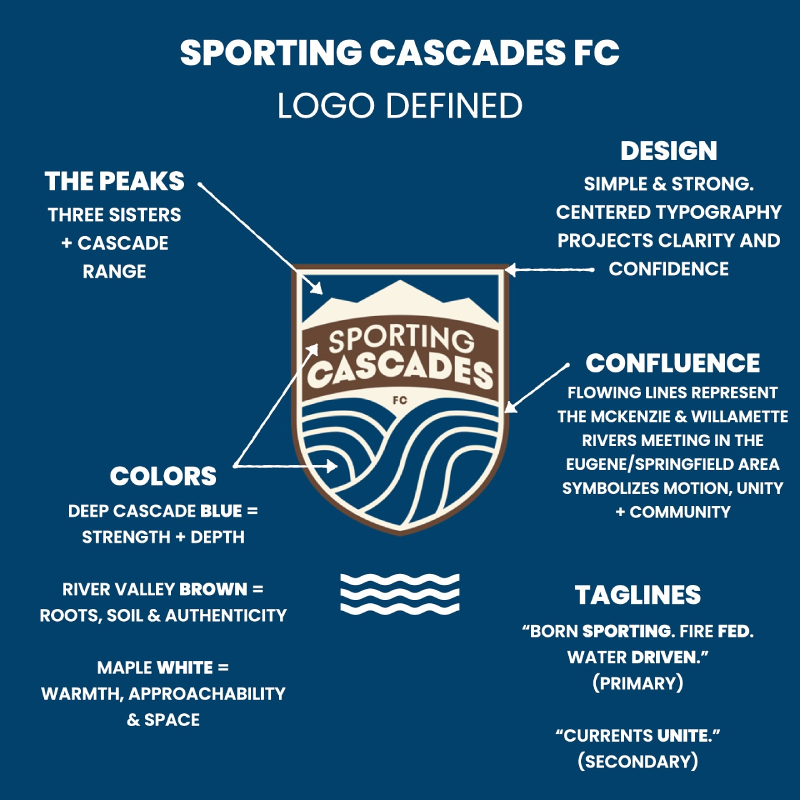
“We want our football to be fast, fluid and relentless — and this crest reflects that. But there is also the imposing strength of the mountains in how we want to play. Most of all, I think it captures the uniqueness of our community, and we’ll be proud to wear this badge and represent this community whenever we step on a pitch.”
— John Galas, co-founder, Sporting Cascades FC
The club’s main colour palette consists of Deep Cascade Blue, River Valley Brown and Maple White. A whole host of secondary colours, some of which will only be used sparingly, complement that scheme.
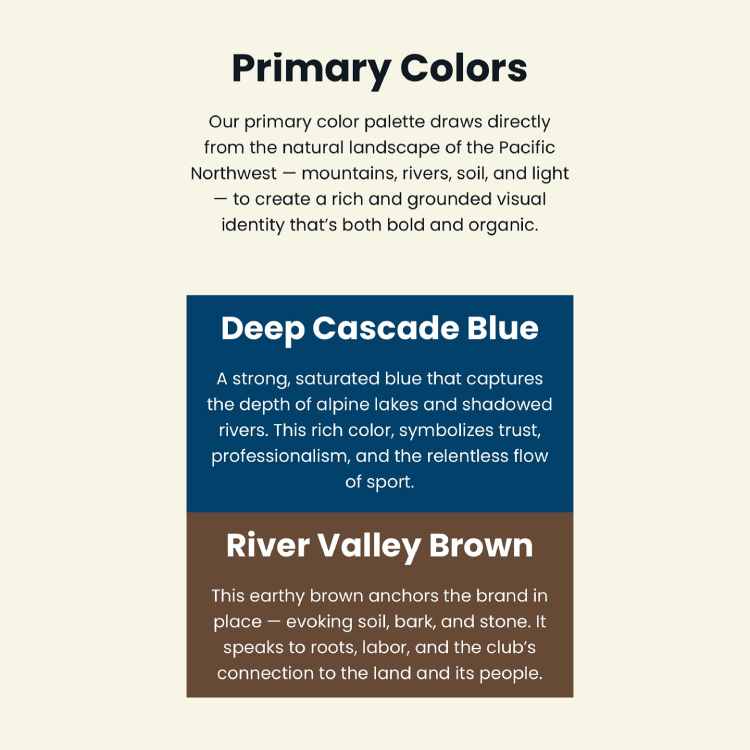
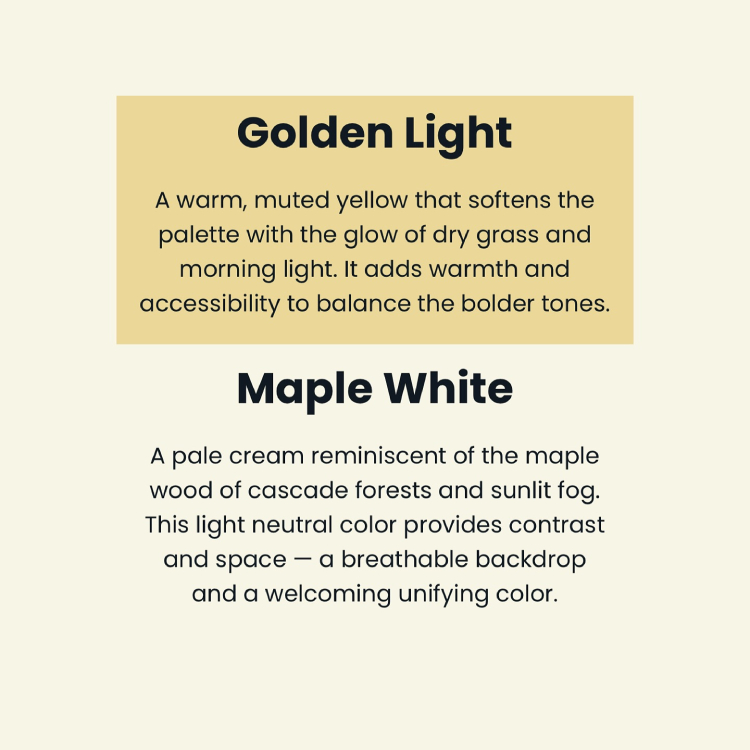
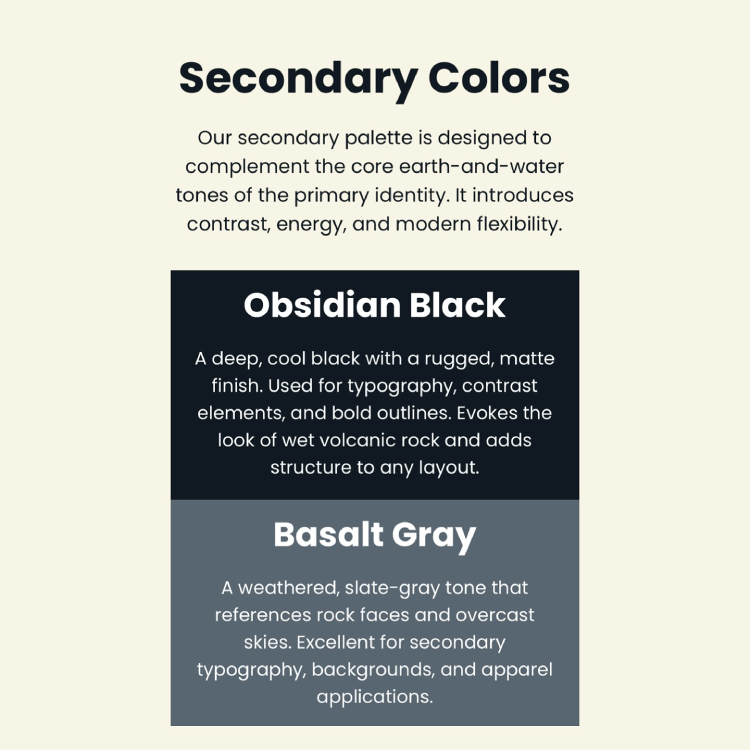
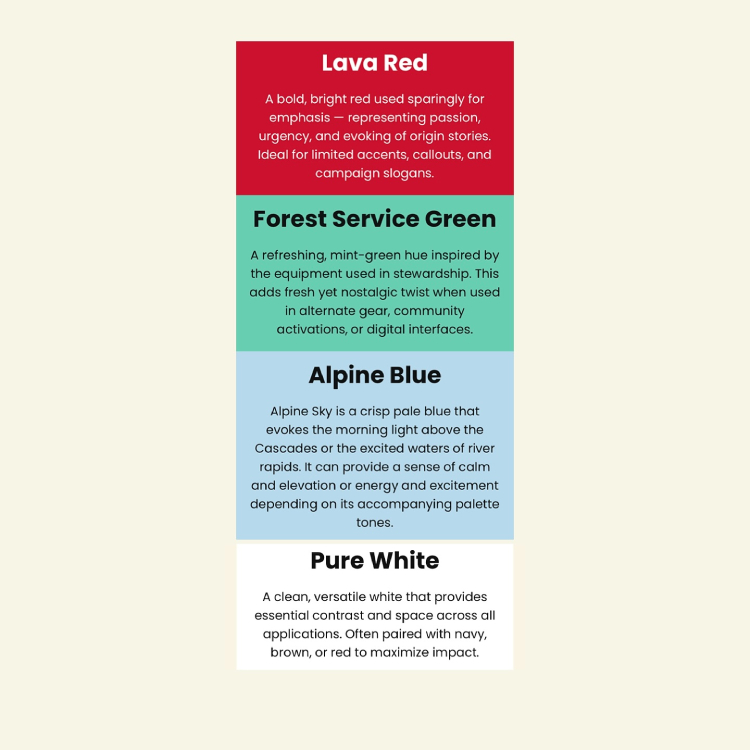
The club says it will have more news to share in the coming weeks, including their official apparel and kit partnership.
The USL awarded a franchise to Eugene in late July to begin play in 2026. The club plans to add a women’s team in the near future. They’ll play out of the 3,500-seat Civic Park, which was built on the site of Civic Stadium, an iconic structure in Eugene that was first built in 1938 and destroyed by fire in 2015.











